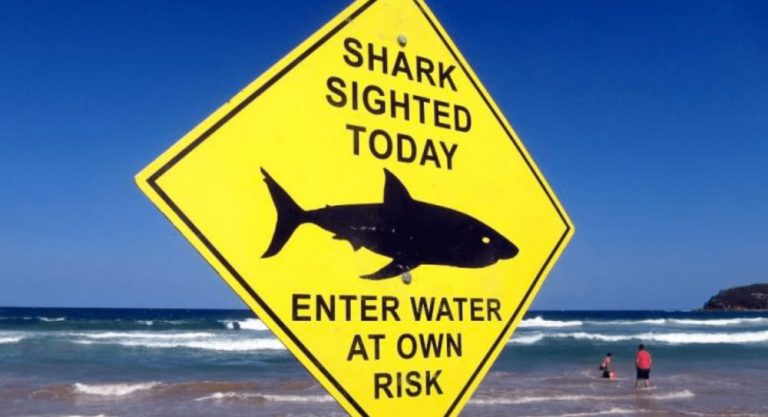Last year there were 26 shark attacks recorded on Australian beaches, including two deaths.
Given that we aren’t going to stop swimming in the ocean anytime soon, and sharks continue to insist upon living in the water, a world-first drone system will be implemented across Sydney beaches this summer in order to detect sharks before they attack.
The Little Ripper drones have been developed by UTS and will be rolled out by Westpac. They are “battery powered, unmanned helicopters with autopilot capabilities, loaded with the UTS software system for aerial surveillance.”
UTS explains: “The system does real time analysis of overhead footage and information can be relayed immediately to emergency services, beach lifeguards, and water users for appropriate decision-making.”
So, while the drones won’t be dragging humans out of the jaws of dangers anytime soon, the advance monitoring systems should put some beach-goers at ease. At the very least, it’s good that we’ve gotten the robots onside early in the ongoing battle between man and shark.
“The automated system for detection and identification of sharks in particular, and marine life/objects more generally, was developed using cutting edge deep neural networks and image processing techniques,” said Professor Michael Blumenstein, Head of the School of Software in the Faculty of Engineering and IT.
“The system efficiently distinguishes and identifies sharks from other targets by processing video feeds that are dynamic, as well as images, where objects are static.
Love Music?
Get your daily dose of metal, rock, indie, pop, and everything else in between.
“The system will give an overhead warning to swimmers/surfers when a shark or a potential risk is detected, using an on-board megaphone attached to the drones. This cutting-edge AI system developed by UTS will create a positive impact for the public, making beach recreation much safer.”


































